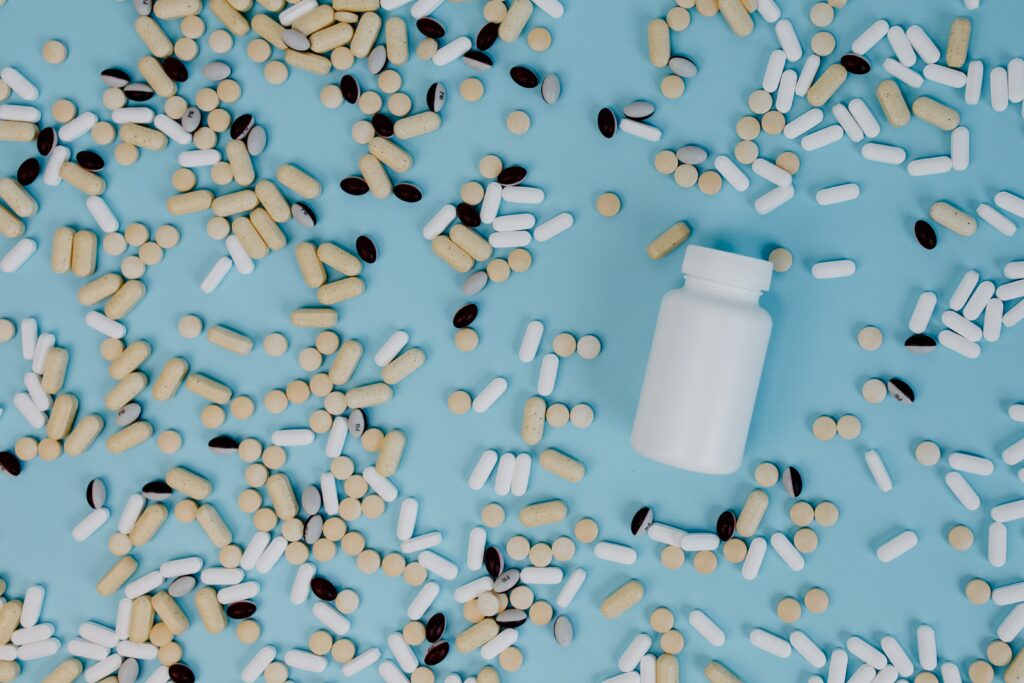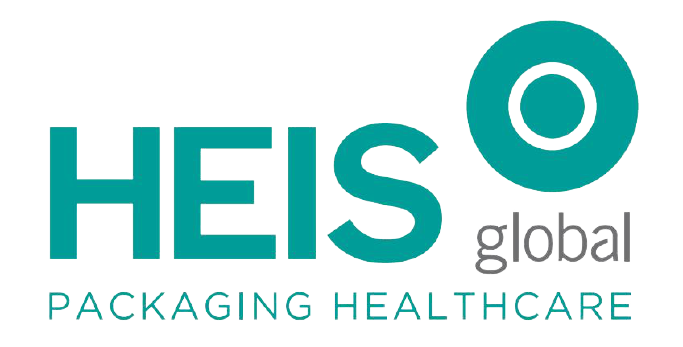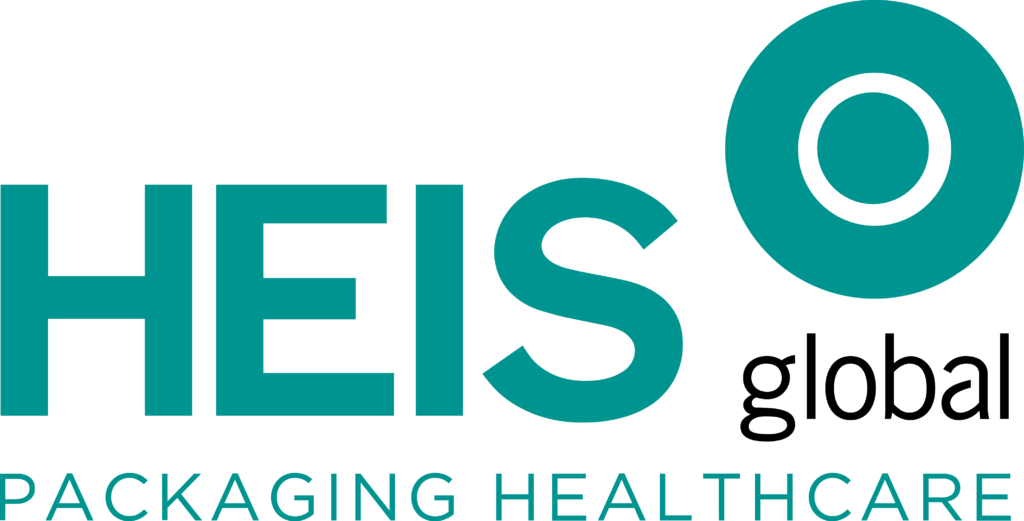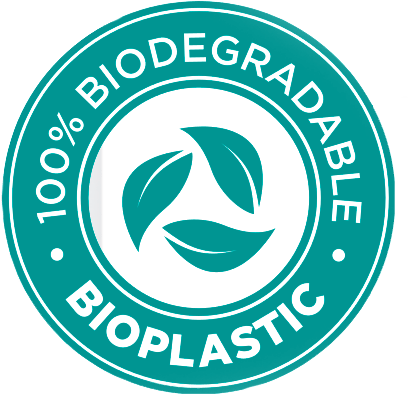
In a world where environmental concerns and sustainability have taken center stage, the pharmaceutical industry is making significant strides to reduce its carbon footprint and ecological impact. One of the noteworthy developments in this sector is the adoption of RPET (Recycled Polyethylene Terephthalate) packaging. This revolutionary approach not only aligns with the global commitment to sustainability but also addresses the specific needs of pharmaceutical packaging. In this comprehensive article, we will delve into the world of RPET packaging in the pharmaceutical industry and its implications for Vitamins, Minerals, and Supplements (VMS) packaging.
The Urgent Need for Sustainable Packaging
Pharmaceuticals have long been associated with stringent quality control and safety standards, and packaging plays a pivotal role in ensuring the integrity of these products. However, the conventional plastic packaging used in the industry has raised concerns about environmental sustainability. The excessive use of single-use plastics not only contributes to pollution but also depletes valuable resources, making it imperative for the industry to explore eco-friendly alternatives.
RPET: A Green Solution for Pharmaceutical Packaging
RPET, also known as recycled PET, is a game-changer in the field of sustainable packaging. It is derived from post-consumer PET containers and, through a series of processes, is transformed into packaging material suitable for pharmaceutical products. This closed-loop recycling approach has gained popularity for several reasons.
1. Environmental Benefits:
RPET packaging significantly reduces the carbon footprint of the pharmaceutical industry. By repurposing existing plastic materials, it lowers the need for virgin plastics production, saving energy and resources. Additionally, RPET is fully recyclable, making it an eco-friendly choice that aligns with circular economy principles, helping pharmaceutical companies reduce waste and enhance their sustainability profile.
2. Quality and Safety:
Ensuring product safety and integrity is paramount in the pharmaceutical industry. RPET meets rigorous quality standards and offers the necessary barrier properties to protect pharmaceutical products from external factors, such as moisture and UV radiation. It is also compatible with various sterilization processes, making it a versatile choice for pharmaceutical packaging, guaranteeing the safety and efficacy of the medicines it contains.
3. Regulatory Compliance:
Pharmaceutical packaging must comply with stringent regulations and guidelines. RPET has gained approval from regulatory bodies and is recognized as a safe and effective packaging material for the industry. This compliance ensures that pharmaceutical companies can continue to maintain high standards while reducing their environmental impact.
VMS Packaging: A Case Study
Vitamins, Minerals, and Supplements (VMS) packaging is a segment of the pharmaceutical industry that benefits significantly from the adoption of RPET packaging.
1. Sustainability as a Selling Point:
In recent years, consumers have become more environmentally conscious, and their purchasing decisions reflect this shift. RPET packaging in the VMS sector not only reduces the ecological footprint but also becomes a selling point, attracting eco-conscious customers. This marketing advantage can boost sales and enhance brand reputation.
2. Protecting Product Efficacy:
Vitamins, minerals, and supplements are sensitive to environmental factors. RPET packaging offers excellent protection against moisture, oxygen, and UV radiation, ensuring the efficacy and shelf life of these products. This protection ensures that consumers receive products that meet the highest standards of quality and potency.
3. Compliance and Transparency:
Regulatory requirements in the VMS industry are as stringent as in the broader pharmaceutical sector. RPET packaging provides a transparent and compliant solution that safeguards product quality and safety. This transparency is vital for consumer trust and regulatory compliance, ensuring that VMS products meet the highest standards of safety and quality.
The Future of RPET in Pharmaceuticals
As the pharmaceutical industry continues to evolve, the adoption of RPET packaging is expected to increase. Its sustainable properties, compatibility with regulatory standards, and ability to protect the integrity of pharmaceutical products make it an ideal choice for a variety of applications within the sector. The eco-conscious consumer base will also drive the demand for such packaging solutions.
The future of pharmaceutical packaging lies in sustainability, and RPET is poised to play a pivotal role. Companies that embrace RPET packaging not only contribute to environmental preservation but also position themselves as industry leaders in responsible and sustainable business practices. This transition will require investments in technology and processes to ensure a seamless adoption of RPET packaging across the pharmaceutical value chain.
Conclusion
RPET packaging is making waves in the pharmaceutical industry, offering a sustainable alternative that meets the industry’s rigorous requirements. In particular, the VMS sector is reaping the benefits of this eco-friendly packaging material, as it aligns with consumer preferences and regulatory standards. As we move toward a more sustainable future, RPET is poised to play a crucial role in pharmaceutical packaging, paving the way for a greener and safer industry. The adoption of RPET represents a significant step towards a more sustainable pharmaceutical sector, contributing to the global effort to reduce the environmental impact of the industry while maintaining the highest standards of product quality and safety. With innovation and a commitment to sustainability, the pharmaceutical industry can continue to provide essential healthcare products while safeguarding the health of the planet for future generations.


